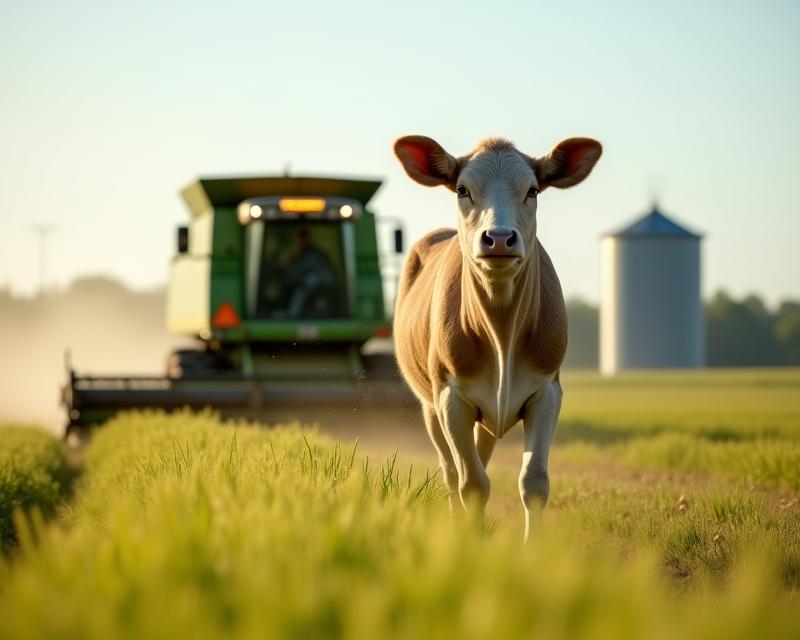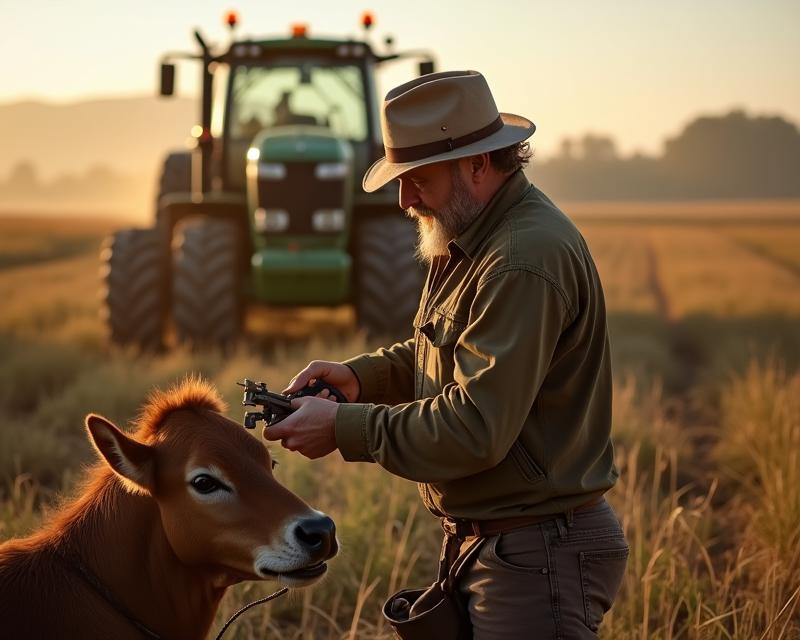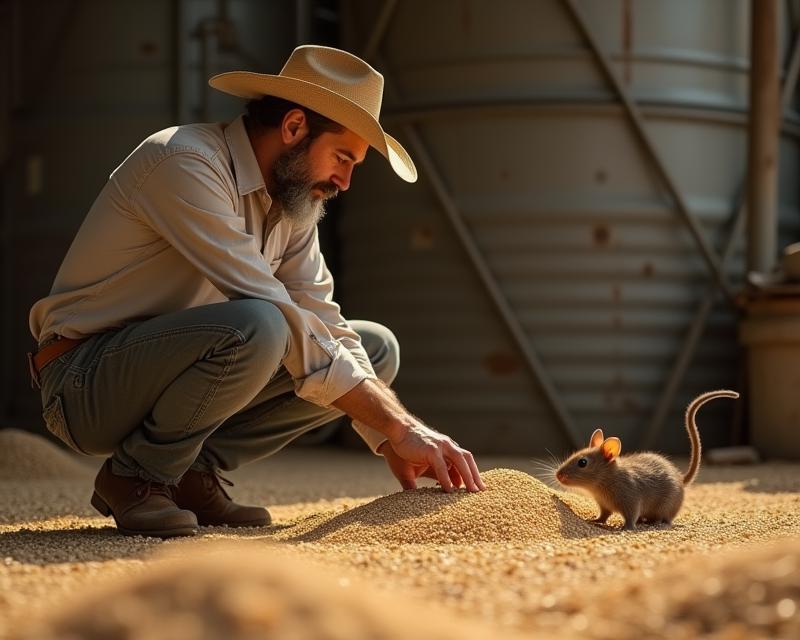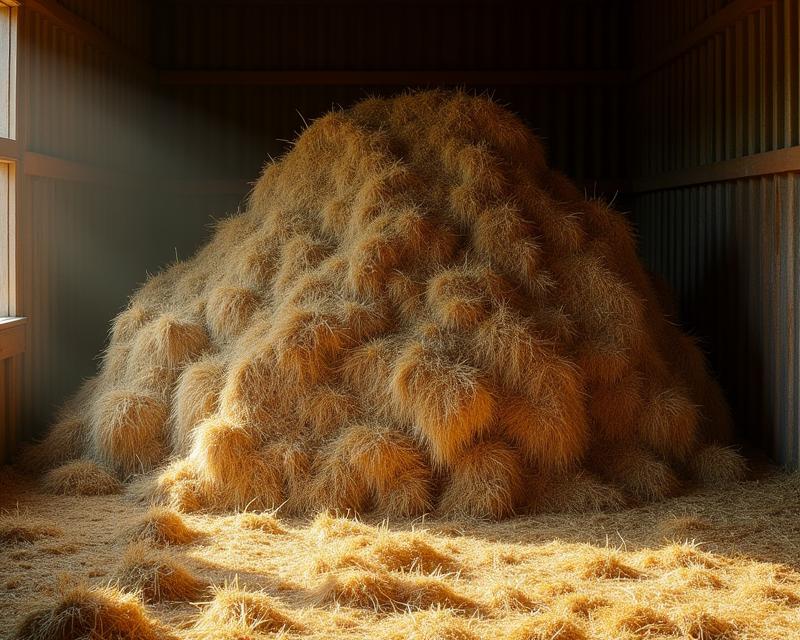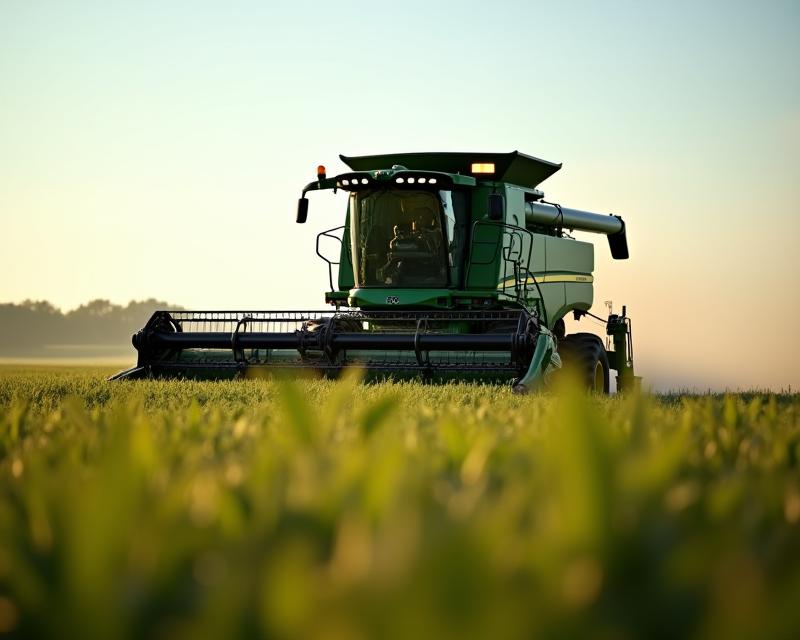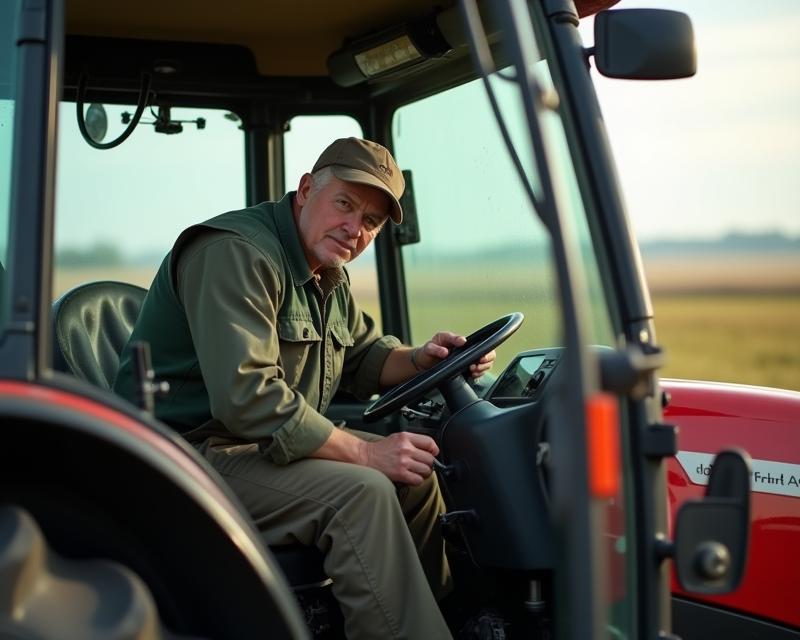Post-Harvest Field Prep
Publish in Farm el 28/06/2025 22:37
Preparing Fields After Harvest: Setting the Stage for Success
The harvest is complete! The fruits (and vegetables, grains, and fiber!) of your labor are in, but the work isn't *really* done. Preparing your fields after harvest is a crucial step often overlooked, but it significantly impacts the health and productivity of your land for the next growing season. Proper post-harvest practices can prevent erosion, manage weeds, and improve soil fertility, leading to a more bountiful yield down the road.
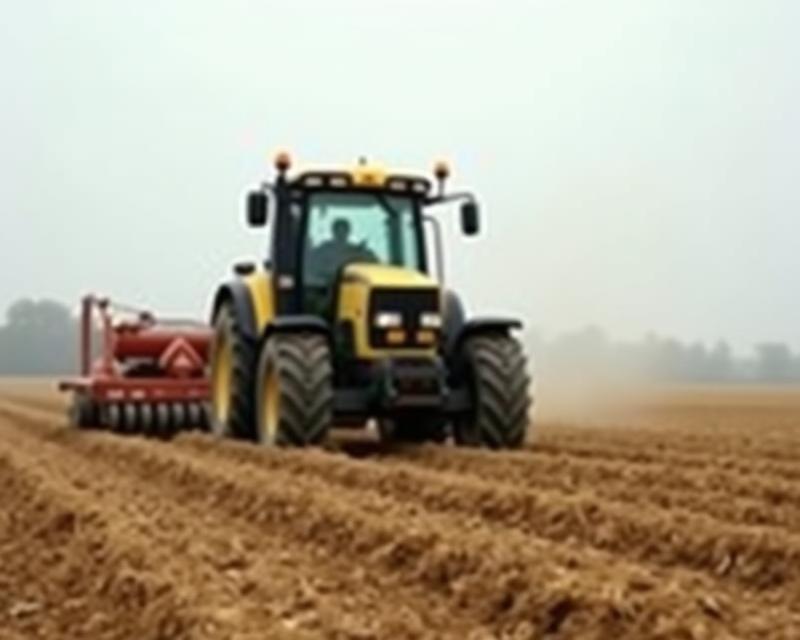
Why is Post-Harvest Field Preparation Important?
Leaving fields bare after harvest can lead to several problems. First, exposed soil is vulnerable to wind and water erosion, washing away valuable topsoil and nutrients. Second, weed seeds that may have been dormant in the soil can germinate and establish themselves, creating a weed problem before planting even begins. Finally, neglecting soil health can deplete essential nutrients, requiring costly amendments later on. Effective post-harvest preparation addresses these issues proactively.
Common Post-Harvest Practices
Several methods can be employed to prepare fields after harvest. One popular option is **cover cropping**. Planting cover crops like rye, oats, or clover helps protect the soil from erosion, suppress weeds, and even add organic matter back into the soil. Another common practice is **tillage**, which involves plowing or disking the soil to break up clods and incorporate crop residue. No-till farming, which minimizes soil disturbance, is gaining popularity for its soil health benefits. Finally, **residual management** involves leaving crop residue on the field to provide a natural mulch, reducing erosion and suppressing weeds.
Choosing the Right Method
The best post-harvest preparation method depends on several factors, including your soil type, climate, crop rotation plan, and farming philosophy. Consider your goals: are you prioritizing erosion control, weed suppression, or soil health improvement? Experimentation and observation are key to finding the approach that works best for your farm. Consulting with your local agricultural extension office can provide valuable guidance tailored to your specific region and crop types. Investing time in post-harvest field preparation is an investment in the long-term health and profitability of your farm.
